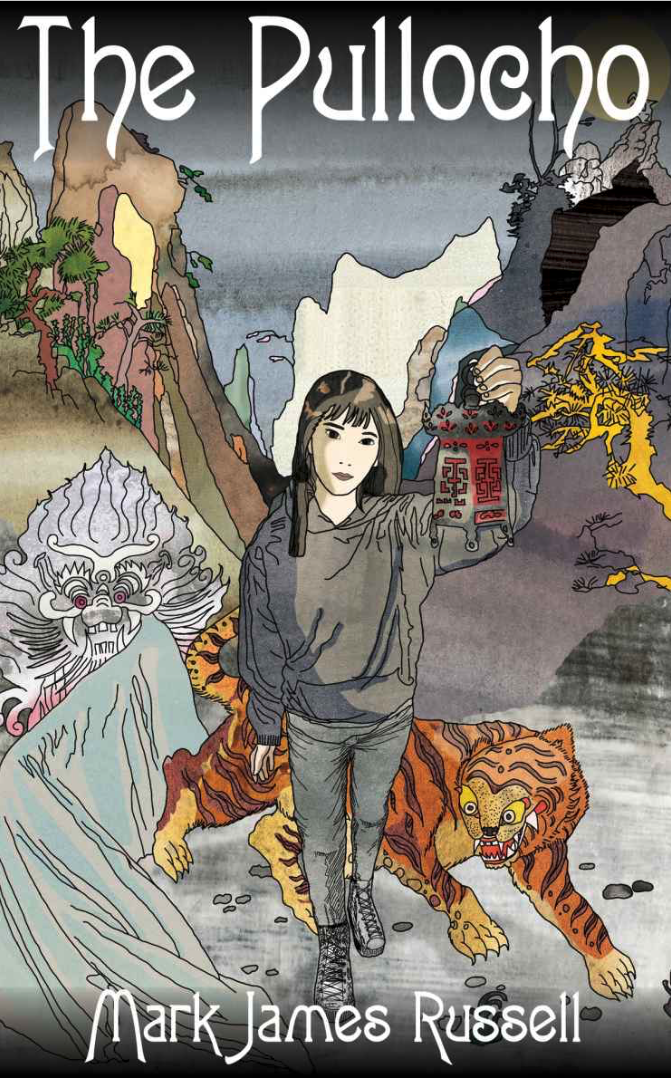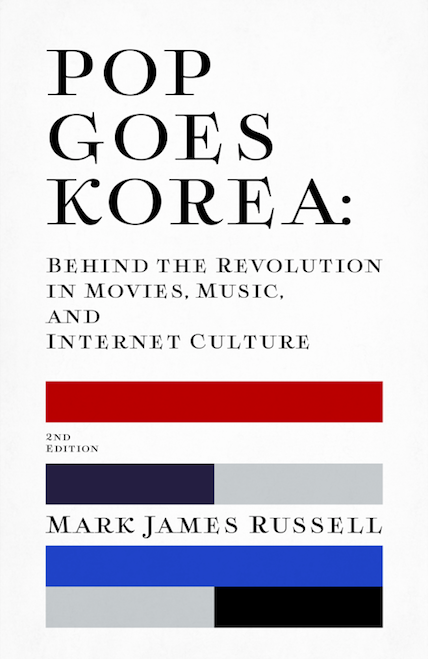There’s a great look at how American pop hits are made these days in the New Yorker article “The Song Machine.” Of course, this sort of behind-the-scenes look at the sausage factory of pop music has been done before. But at the same time, pop music has never quite been how it is now. With hip hop having been transformed from into mainstream party anthems, the rise of “smart” pop (a la Phoenix, Peter, Bjorn & John, or Robyn), and rock mostly changing into party-rock, dance-pop has basically grown blob-like to absorb all of its former foes. Screw Goldman Sachs, today’s pop music is the true vampire squid.
Not that that’s a bad thing. Seriously, I think a lot of really good pop music is being made these days. It may not be Cole Porter, but it’s got a good beat and I can dance to it.
Great graph here:
Rihanna is often described as a “manufactured” pop star, because she doesn’t write her songs, but neither did Sinatra or Elvis. She embodies a song in the way an actor inhabits a role—and no one expects the actor to write the script. In the rock era, when the album was the standard unit of recorded music, listeners had ten or eleven songs to get to know the artist, but in the singles-oriented business of today the artist has only three or four minutes to put her personality across. The song must drip with attitude and swagger, or “swag,” and nobody delivers that better than Rihanna, even if a good deal of the swag originates with Ester Dean.
What a paradox, though, that in the most diverse musical age humanity has ever had, that one form should rise to rule them all.
No wonder K-pop is doing so well. Pop in the West is more uniform than ever, so how else can one exert one’s independence and rise above the crowd (and still be dance-friendly)? K-pop is like salsa for the next generation — catchy, danceable, and different.
But what do I know? I was at a Catalan bluegrass concert last night…



Leave a Reply